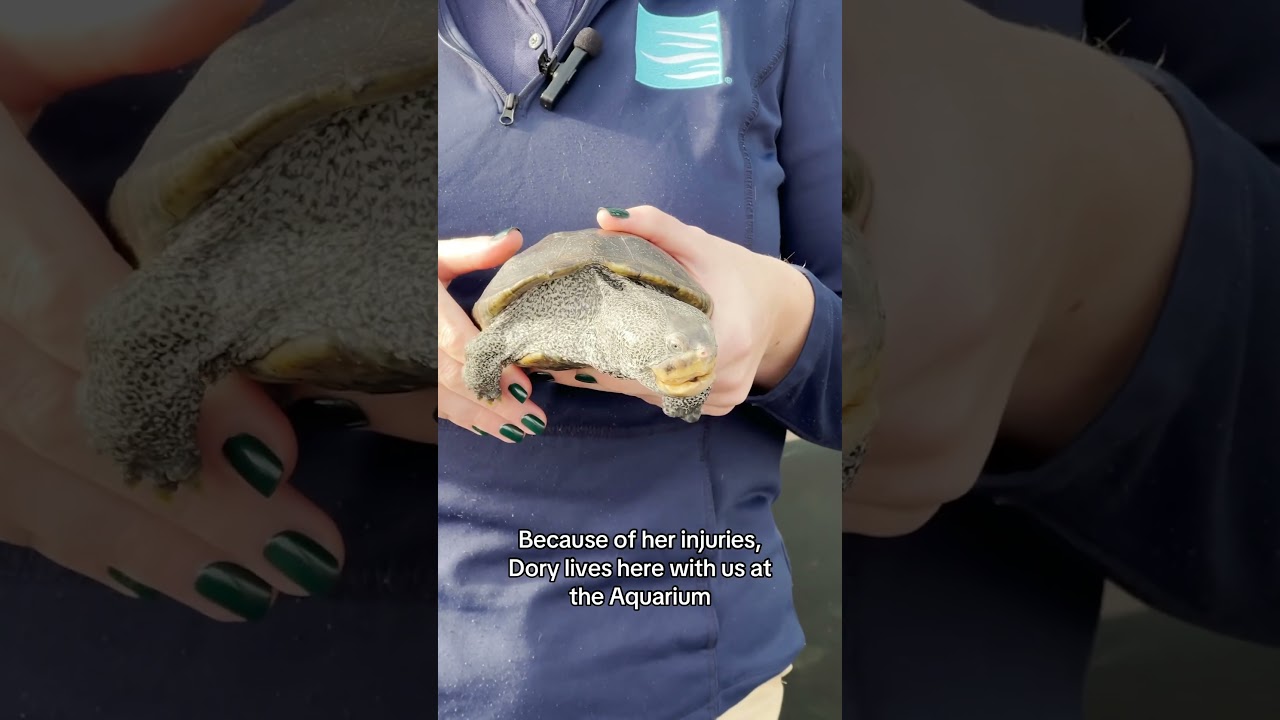- Understanding the biology and ecology of terrapins, offering insight into their unique adaptations and habitat requirements.
- The role of terrapins in their ecosystems and how they interact with other species to maintain ecological balance.
- The conservation status of terrapins, highlighting the threats they face and the efforts being made to protect and preserve their populations.
- Strategies for zoo management in maintaining captive populations, ensuring health, and facilitating educational outreach.
- The importance of public engagement and educational programs in shifting perceptions of terrapins and fostering conservation efforts.
Terrapins are fascinating creatures that thrive at the intersection of land and water. These semi-aquatic turtles, often found in nearshore habitats, are known for their adaptability and resilience. To appreciate the complexities of terrapins, it’s vital to understand their physiology, behavior, and ecological role.
To start, terrapins exhibit a variety of physical and behavioral adaptations that enable them to live in brackish water environments. Their webbed feet and streamlined shells are perfect for swimming, while their specialized glands help regulate salt intake, an essential feature for surviving in estuarine regions. Furthermore, terrapins have a varied diet, encompassing plants, small fish, and insects, which allows them to thrive in diverse environmental conditions.
The ecological role of terrapins extends beyond their diet. As both predator and prey, they maintain a delicate balance within their ecosystems. By controlling populations of the small creatures they feed on, terrapins help prevent overgrazing and maintain plant diversity, essential for a healthy aquatic environment. Their eggs and hatchlings, in turn, provide nutrients for other wildlife, demonstrating an interconnectedness crucial to ecosystem stability.
Despite their resilience, terrapins are increasingly vulnerable to threats from human activity. Habitat loss, pollution, climate change, and bycatch in fishing operations pose significant risks to their survival. Their populations face further pressure from illegal poaching and pet trade. Conservation efforts are more important now than ever. Organizations worldwide are focusing on habitat restoration, regulation of fishing practices, and protection of nesting sites to support terrapin populations.
Zoos play a pivotal role in conservation and education concerning terrapins. Captive breeding programs can serve as genetic reservoirs, ensuring that genetic diversity is maintained, which is crucial for the resilience of terrapin populations in the wild. Zoo management strategies emphasize optimal habitat simulation and health care for captive terrapins, encouraging natural behaviors and interactions to keep them physiologically and psychologically healthy.
Educational outreach is another fundamental aspect of terrapin conservation. By dispelling myths and fostering curiosity about these creatures, zoos and conservation organizations can inspire the public to support conservation efforts. Interactive exhibits, educational materials, and community programs are all avenues through which zoos engage the public and inform them about the importance of terrapins and their habitats.
Public engagement is essential to terrapin conservation. By raising awareness of the threats terrapins face and the actions individuals can take to help, we can foster a community dedicated to environmental stewardship. Simple acts like reducing plastic use, supporting sustainable seafood, and participating in habitat clean-up initiatives can collectively make a significant impact.
In summary, discussing terrapins allows us to explore the intricacies of their biology, their integral ecological roles, and the conservation efforts required to protect these unique creatures. By combining research, management, and public engagement, we can hope to preserve terrapin populations for future generations.
*****
Source Description


